In the UK, walking is a national pastime. From beginners that like to wander on weekends to the experienced that tackle hills, we definitely like to lace-up our walking boots whatever the weather has in store for us. With this in mind, it follows that investing in a loyal pair of walking boots is an absolute must and well, we’re here to help you. If you’re passionate about walking and do so on a regular basis, you don’t want to be walking in trainers or flat shoes as these offer zero to nil support and will soon become uncomfortable, in time, not only injuring your feet but injuring your body too. Walking shoes or boots are the single most essential item for walking and hillwalker enthusiasts.
With various boots available on the market, you need to know what ones are right for you. The fit is also imperative. Try the boots on at home with your walking socks and make sure that you are able to walk in them with ease. This will also give you an indication of how they'll feel when you're out and about outside. Trespass Top Tip - Try your boots on in the afternoon as this is when your feet start to swell as you go about your day, making the afternoon the best time for an accurate fit. From one-season to four-season variations, construction, different styles and a range of technical fabric features to consider, we’re going to make wading through the vast selection on offer easier with this walking boots guide. High quality, sturdy and affordable – we take pride in having all three and more.
-
The Importance of Walking Boots
-
Walking Boots vs Walking Shoes
-
An Overview of Walking Boots
-
How to Lace Walking Boots?
-
How Long Will Walking Boots Last?
-
Best Walking Socks
The Importance of Walking Boots
As we have briefly mentioned, walking boots keep your feet cosy and comfortable throughout the duration of your walk. There’s no denying that happy feet = happy walking. We would always recommend that you wear walking boots that are suitable for the weather and your style of walking. Let’s face it, trainers won’t cut it when walking or hiking on difficult treks and trails.
There are reasons related to both your comfort and safety, as trails often cover different terrains and require strong, gripping footwear that’ll keep you stable. It goes without saying, that walking uphill can be strenuous on the legs and feet which explains why it is so important to choose the right pair for your individual needs and get the right fit.
Walking Boots vs Walking Shoes
How to Choose Walking Shoes
The first thing you should consider is where you will be walking. Whether you are an avid walker and intend to go on extensive treks or if you prefer casual walks with the dogs. This will determine the shoe best suited to you. Once you know your performance level, there are four main factors that should be taken into consideration.
-
Comfort – Being comfortable should always be your number one. If you’re not comfortable during your walk you won’t enjoy yourself, ultimately ending with injury. The walking shoes should feature a level of cushioning for maximum comfort in the heel collar, insole and midsole.
-
Flexibility – The shoes should provide an element of flexibility, you should be able to move your toes with flex, providing a smooth and steady motion.
-
Durability – You should consider materials and fabrics when choosing your walking shoes, generally walking shoes will be synthetic as synthetic materials are lighter in weight.
-
Stability – The walking shoes should have a secure and balanced feel throughout the range of motion. Trespass Top Tip - We would recommend bending or twisting the shoe in your hands to see if the shoe has good lateral support.
As a rule of thumb, we would say to customers that if you’re planning to do more casual, lightweight walking on even ground then a pair of shoes should tick all of your boxes. If you're more likely to head off track on rocky terrain and do more climbing, we would recommend sturdy hiking boots with a higher collar around the ankle.
-
Walking boots offer more support and protection to your ankles if you were to fall or trip over.
-
Most walking boots on the market will offer waterproof properties with a breathable liner. Walking shoes won’t always tend to be waterproof.
-
A lighter shoe can make a huge difference when on a fast-paced walk or hike. Walking shoes are lightweight and are usually made out of breathable synthetic fabrics.
-
Walking shoes are easier for climbing/scrambling up rocks and are less restrictive in comparison to boots.
-
When the weather is a little warmer, your feet get sweatier than usual. Shoes can make much of a difference, allowing the air to get to your feet quicker.

An Overview of Walking Boots
1 - Outsole
The outer sole of a walking boot features the rubber alongside the bottom of the boot which features the tread. The tread patterns on boots vary depending on the brand but they all serve a purpose and are designed for a certain type of environment. The soles of boots are usually made from natural rubber which is durable and hard-wearing. Vibram is one of the most recognised brands that offer a blend of foam and rubber which once combined, offers elasticity of foam added with the traction of rubber. We would recommend Vibram if you're going to be tested with strenuous rock-strewn surfaces.
2 - Midsole
The midsole as named is located inside the boot and provides the correct amount of flexibility. The material Eva (Ethylene Vinyl Acetate) is commonly used which determines the stiffness and offers the wearer comfort while PU (Polyurethane) offers durability and is also the perfect level of flex and support. The choice of materials ultimately comes down to the personal preference of the user. Trespass Top Tip – When picking your boots we would recommend bending them with your hands to check the flex.
3 - Upper
The upper includes everything on the outside of the boot above the midsole. Initially, boots were made with leather as the material is natural and offers durability as well as being naturally waterproof and fairly breathable. Wearers tend to buy leather boots over synthetic as they tend to last longer if cared for properly. Now a days, walking boots are made with man-made fabrics as these are lightweight and highly breathable as well as needing less after care. Leather also tends to be heavier so bare that in mind, your feet feel a little heavier in comparison to synthetic boots. Synthetic boots are also great for summer months and milder temperatures whereas leather would be great in colder conditions. It really just depends on the user.
Most of our walking boots have gusseted tongues, this means that it has a section of material either side attaching to the rest of the boot acting as a guttering system. This keeps the water or any other elements from getting down the side of the tongue and into the boot. A great design feature to keep your feet warm and dry.
4 - Lining
Most walking boots have a waterproof and breathable liner which sits between the materials of the upper. The liner of the boots are usually made from a material called Gore-Tex. At Trespass, we have developed our own technology called Tres-Tex® which is highly breathable and windproof. Bearing in mind the weather within the UK, it is something you should definitely be aware of and you should keep an eye out for when purchasing your first walking boots or looking to replace your ol’ trusties.
Finding your perfect boots will be stress-free when you consider where you will be walking, the duration of the journey and whether you’ll be sticking to the lowland or heading upland where the land becomes challenging but the view at the top is always worth it. That’s the beauty of hill walking, setting yourself the challenge, becoming at one with nature and following unknown paths to reach the top of the summit which reveals the never ending jewel-like landscapes.
How to Lace Walking Boots?
We all learn to tie our laces in primary school where it’s a standard criss-cross lacing with bunny loop ties. We then don’t think about it much after that… There are so many ways to lace up that we’re not taught or don’t get shown when there are so many different variations either to relief pain or to make the world of difference in terms of comfort and fit. Discover how to get the most out of your walking boots with these handy methods.
-
Standard Criss-Cross
-
Ladder
-
Bow Tie
-
Surgeon’s Knot
-
Window
-
Toe-Relief

How Long Will Walking Boots Last?
The lifespan of walking boots depends on a range of different factors, such as their quality, how frequently and intensively you intend on using them, the kind of terrain they will mostly be facing, your weight and how well you’re likely to look after them. This question is similar to how much mileage a car is expected to clock up in that it’s very subjective and depends on a whole host of variables.
For a top-of-the-range pair of boots with Vibram soles and a good performance overall, expect them to last you for around 1000 miles of walking across diverse terrains, but this can vary. If you’re an occasional or weekend hiker whose trails consist of simple, flat ground, your boots’ lifetime is going to stretch on for way longer than the avid hiker who heads out multiple times a week to tackle rocky terrain and muddy plains.
Weight plays a role too – and this is not just a person’s body mass, but also the size of the load you’re carrying around. If you’re on a multi-day hike carrying a heavy rucksack full to the brim, the extra weight added to your body frame will put more stress on the boots and wear them out sooner.
Walking boot maintenance is also crucial in determining how long your pair is going to last. Looking after your boots means giving them material-specific care. Washing them down, cleaning them and drying them after each use is essential, while reproofing, waxing or polishing can be done when the need arises, or after several sessions of use.
In addition to cleaning and waterproofing your boots, you can ensure a longer lifespan by choosing a top-of-the-range pair of boots with Vibram soles and good performance overall. These boots are expected to last you around 1000 miles of hiking across different terrains. And for those who usually walk trails that consist of flat ground, your boots will last even longer. Don’t forget you can replace your walking boot laces with new ones when they get worn. It’s a great way to make your boots look brand new again.
Best Walking Socks
You need walking socks first and foremost, to prevent blisters when you’re out on the go. The best walking socks should fit right, be moisture-wicking and ideally made from merino wool. We tend to blame our boots when our feet start to ache on long-distance walks but our walking socks are equally as important. Unlike a regular trainer cotton sock, walking or hiking socks will keep your feet moisture-free which prevents friction and blisters. Not only will the socks protect your feet from blistering but they provide additional breathability and will also fill out the boot to complement the shape of your foot and maintain warmth without stuffiness.
And there we have it. A go-to guide before you purchase your new boots.
It may take a few wears to get the best fit out of your walking boots, whether you’ve tried several pairs of socks, different ways of lacing or you’ve spent more time in them to mould them to the shape and size of your feet. If none of this has worked and you’re still having some problems with comfort, you may need to think about getting a new pair of boots as they probably don’t fit you properly.
To find out more information on How to Break in Walking Boots click here.
Blog published and written by Trespass – the outdoor clothing retailer and brand.









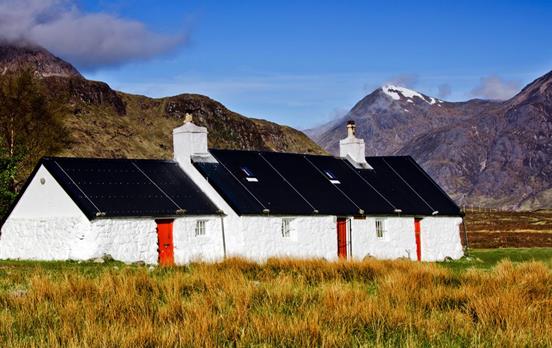




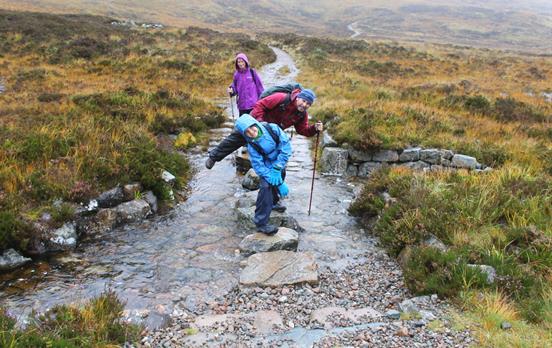









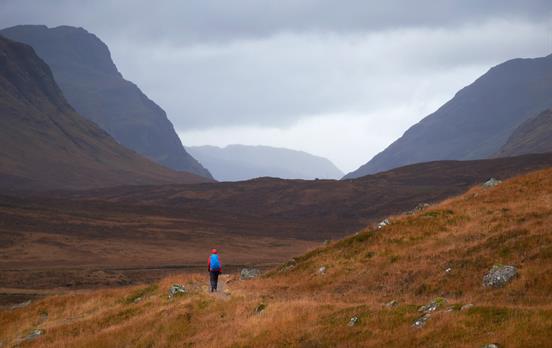





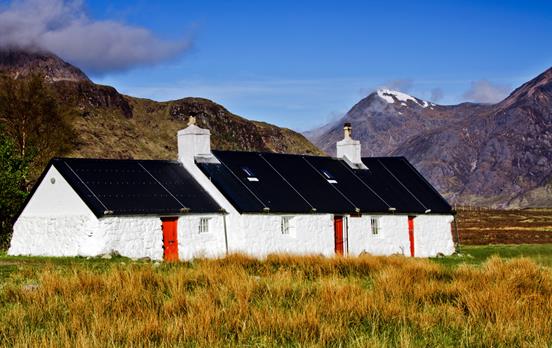



























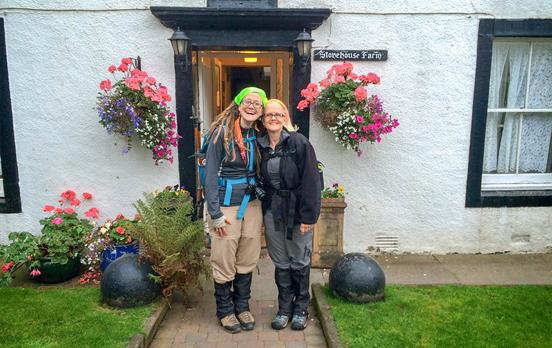
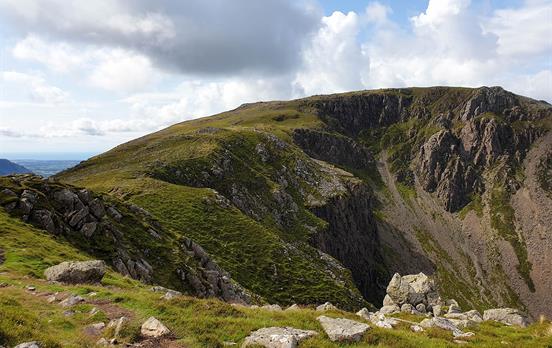



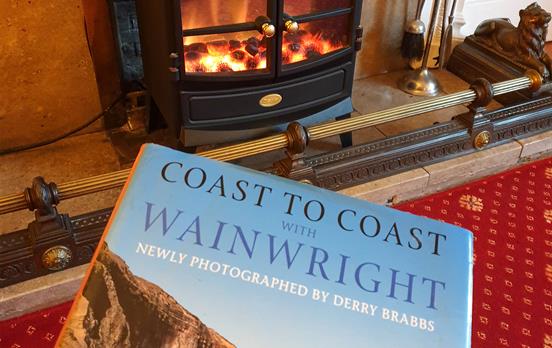


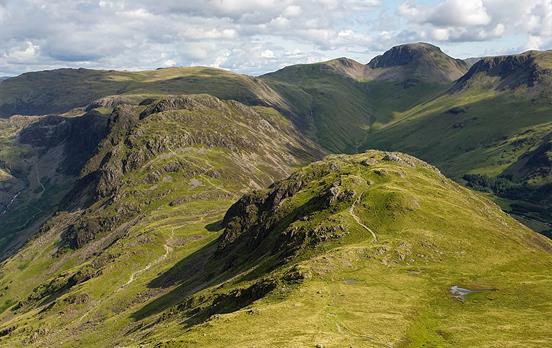
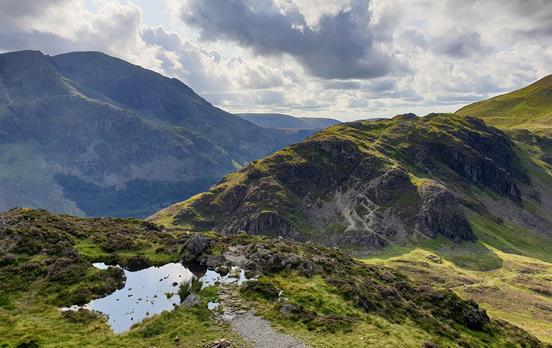
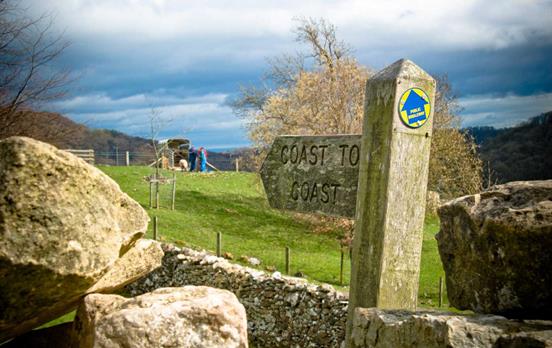

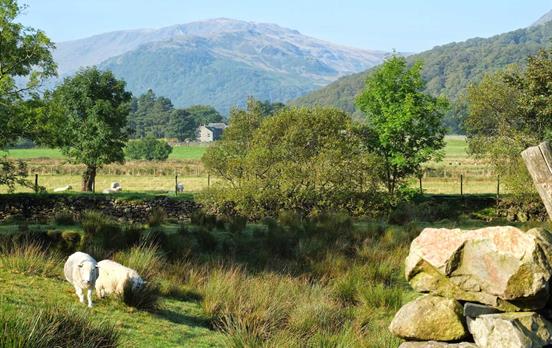
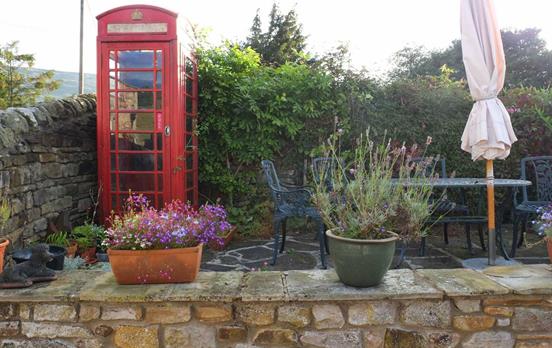



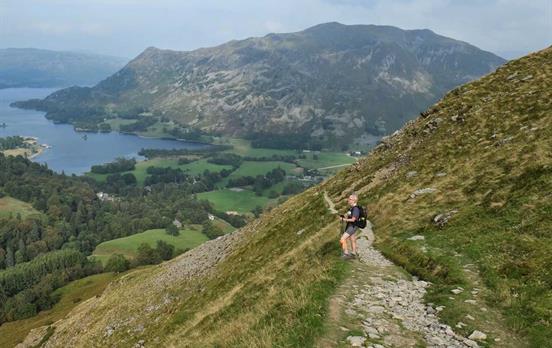
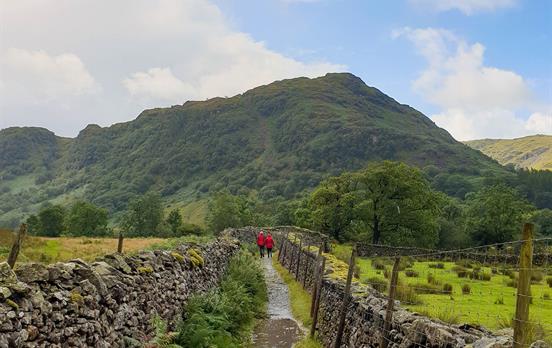



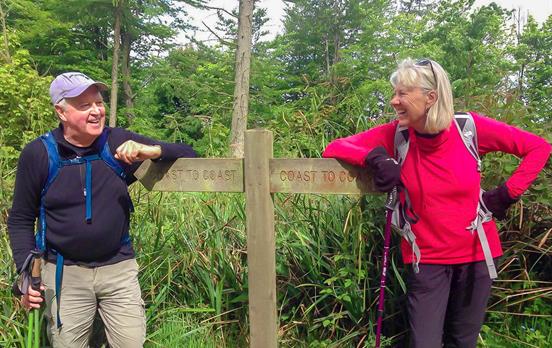
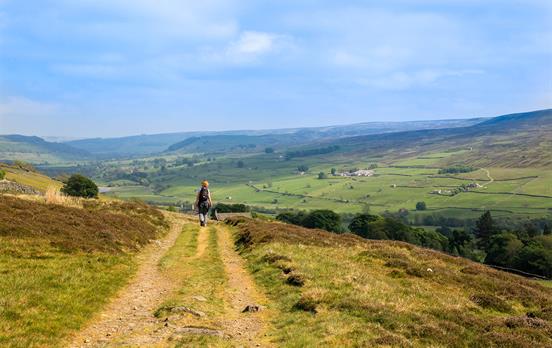
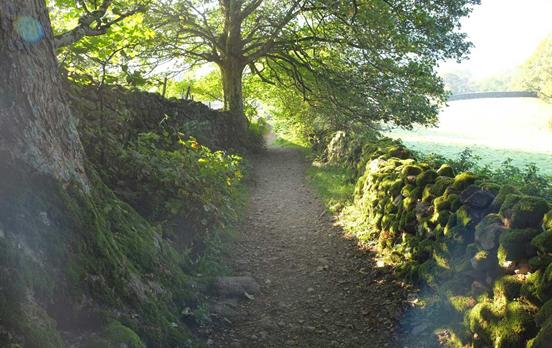



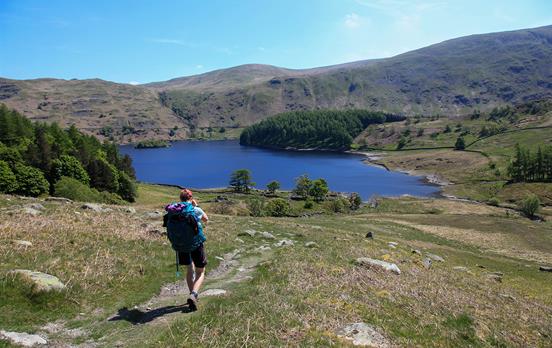
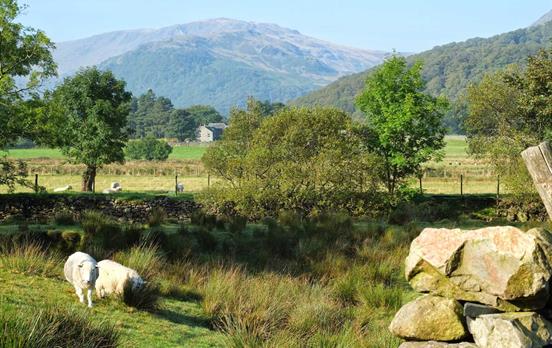
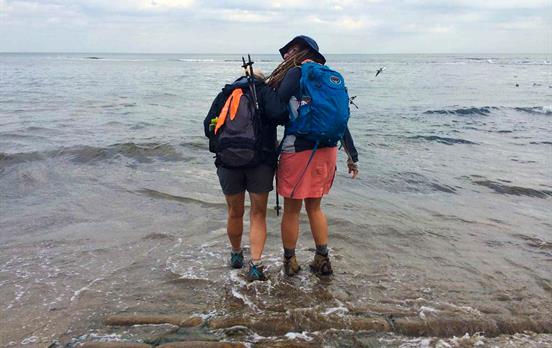

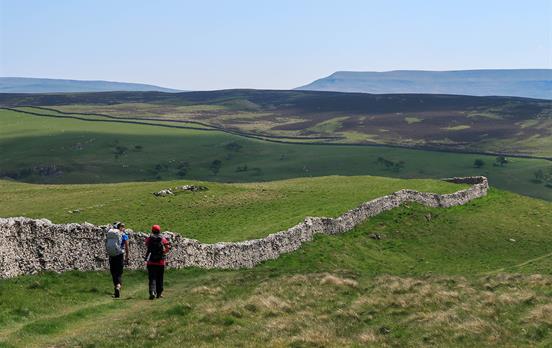

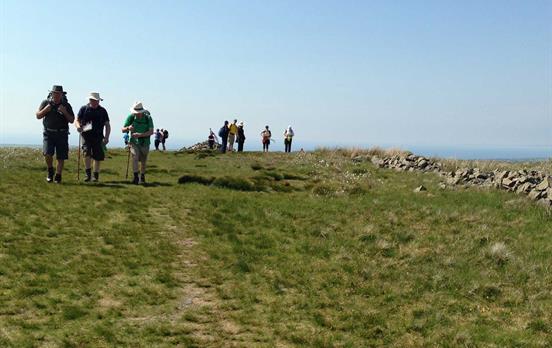
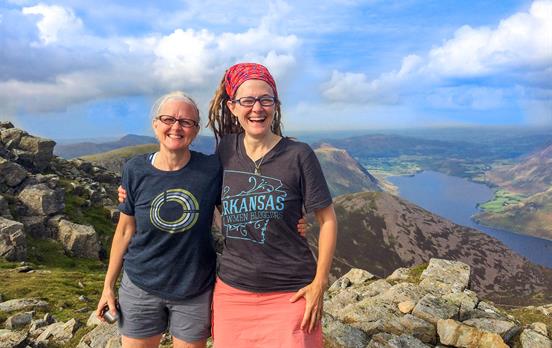




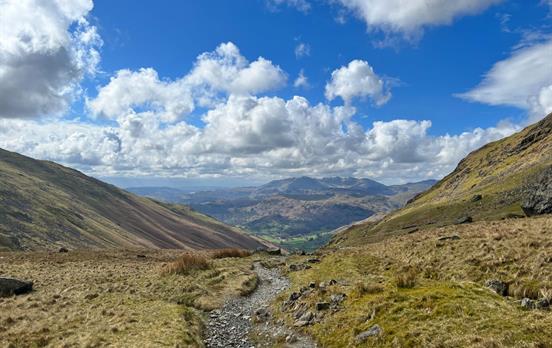
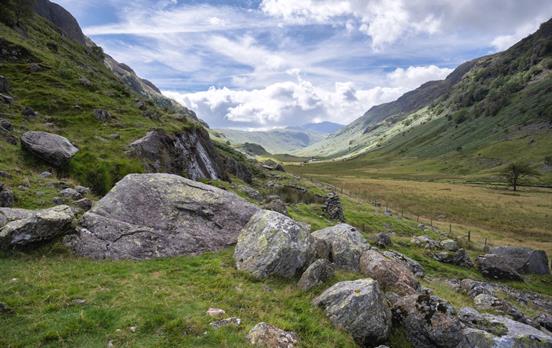


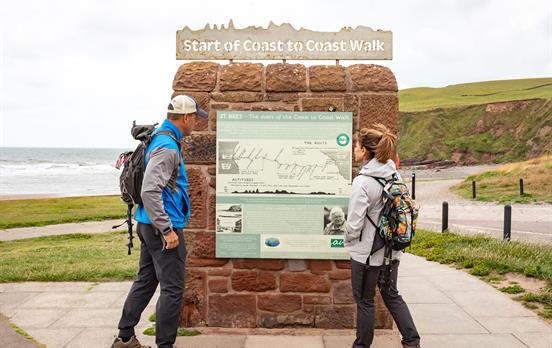





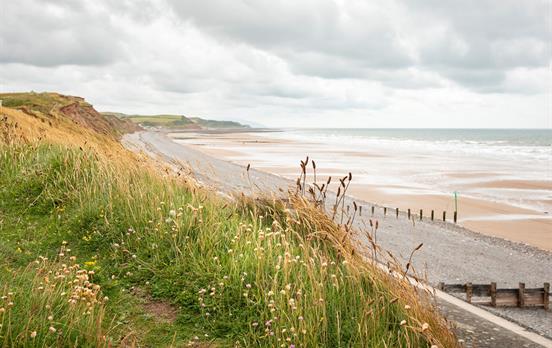
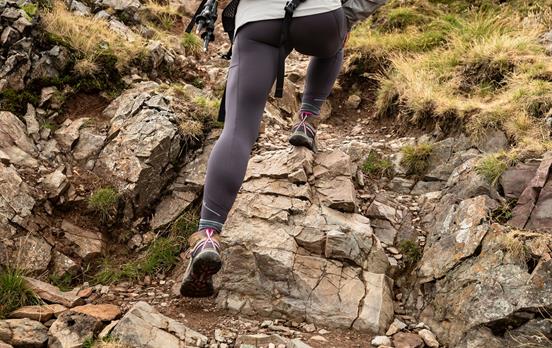
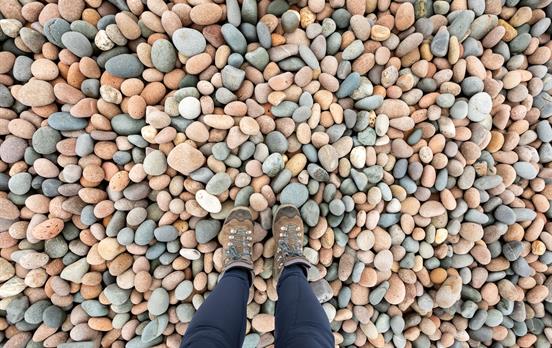

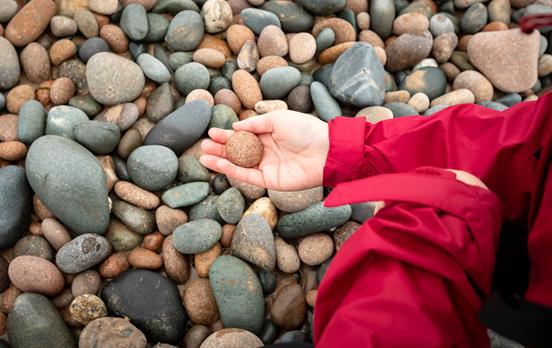
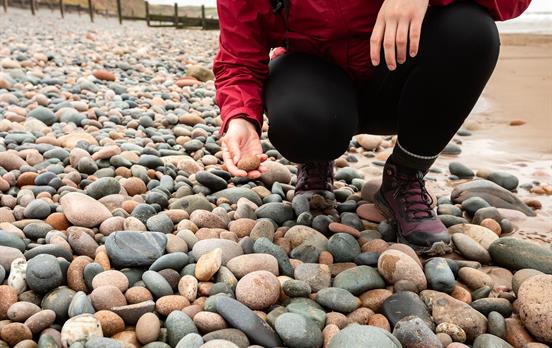

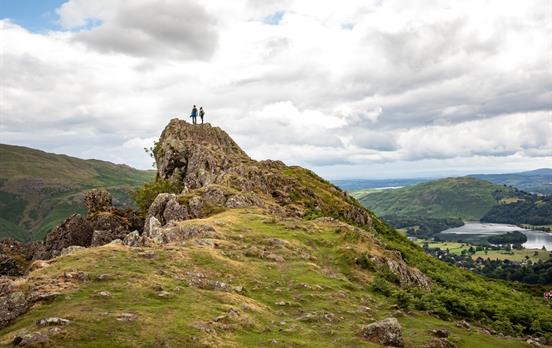


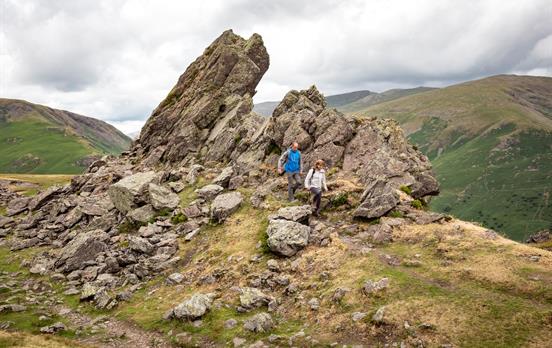



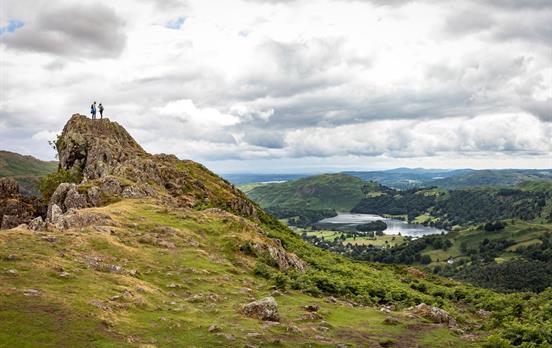
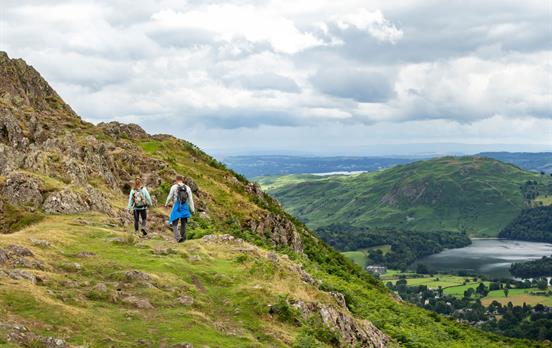
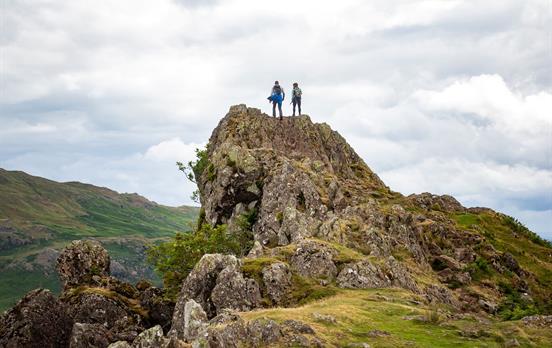
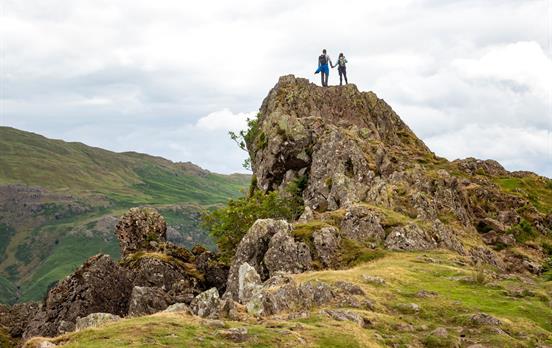


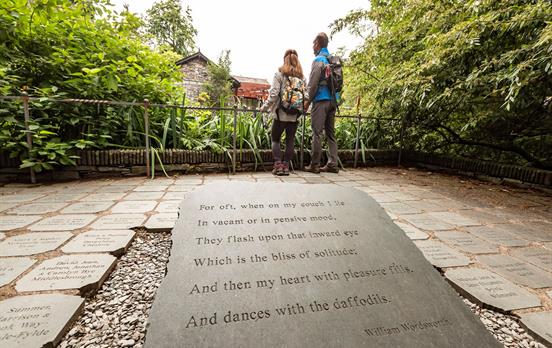
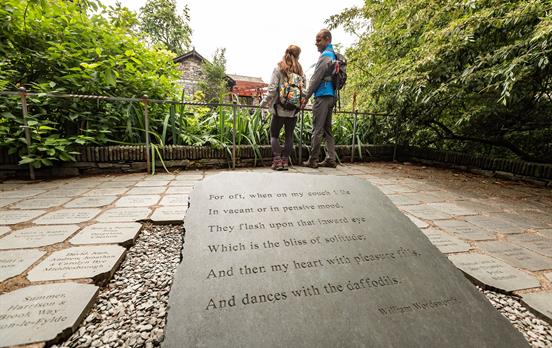









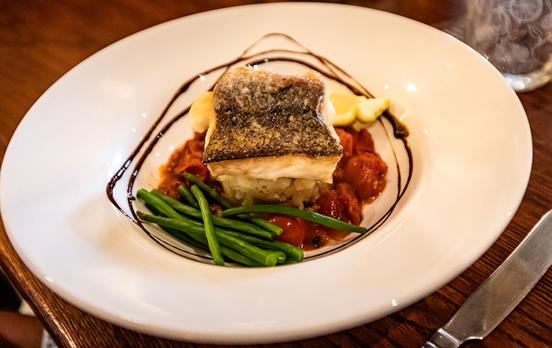


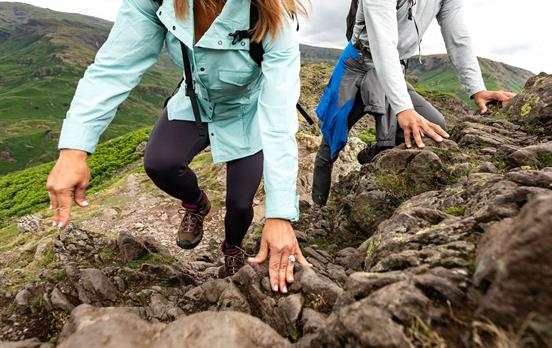

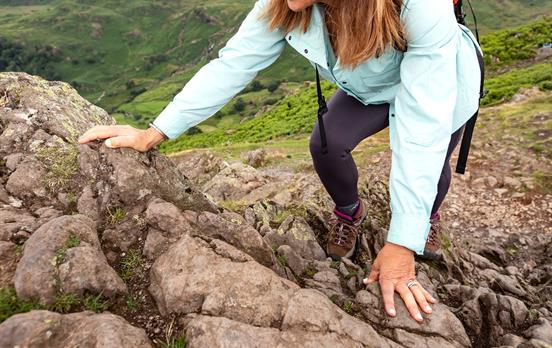
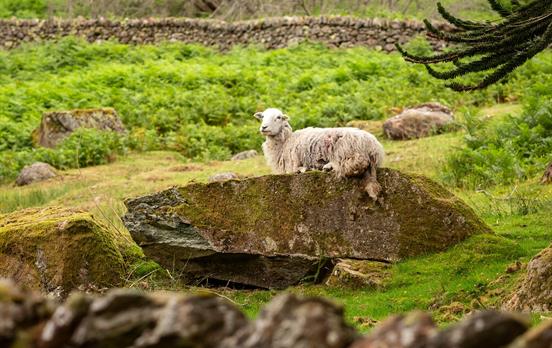
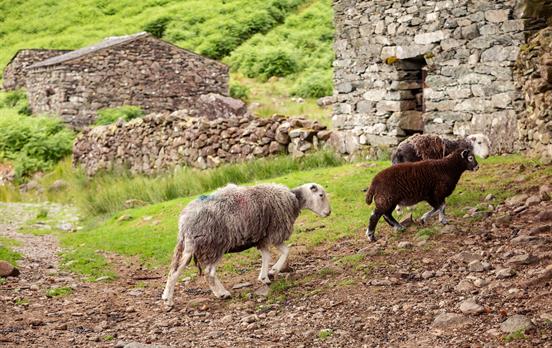





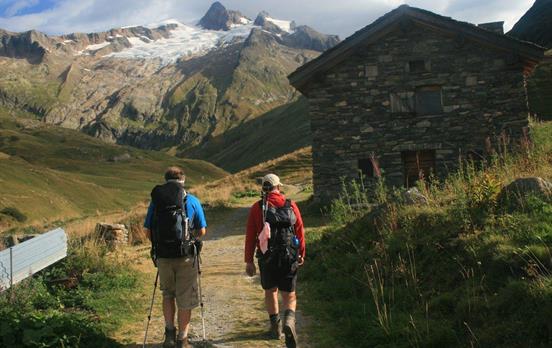
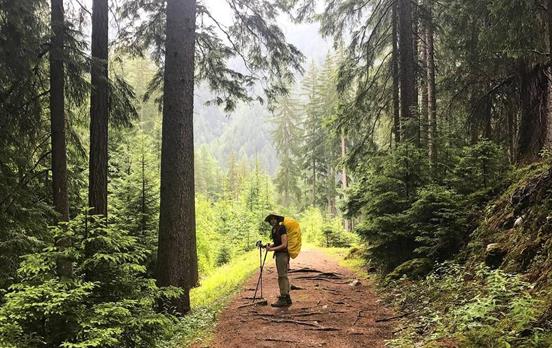
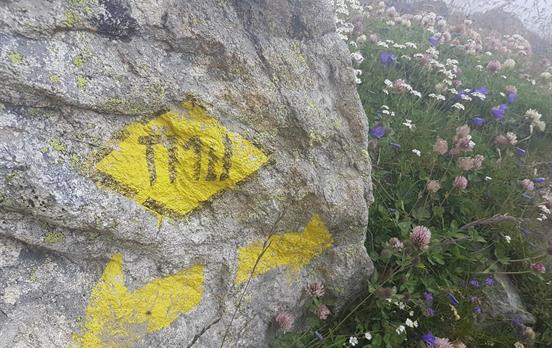
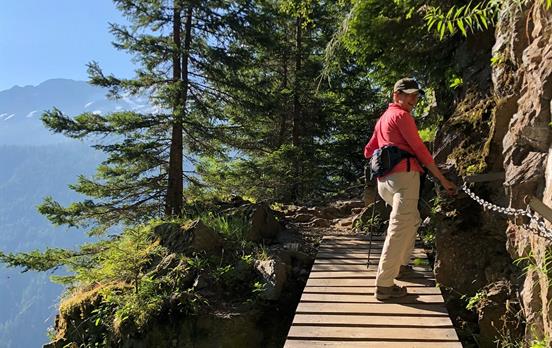





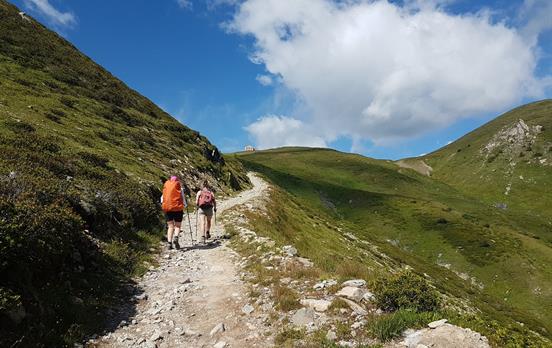




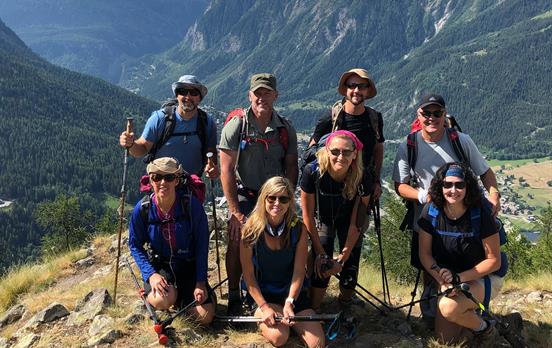








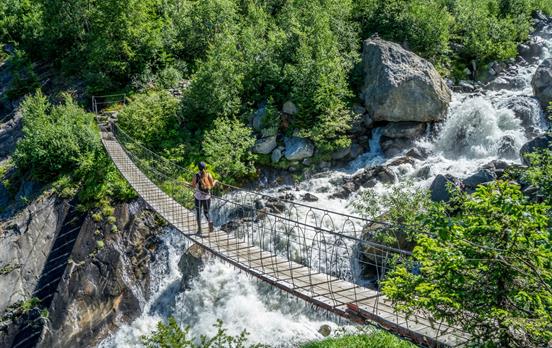
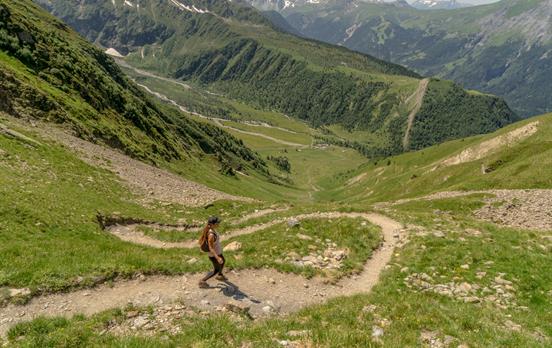





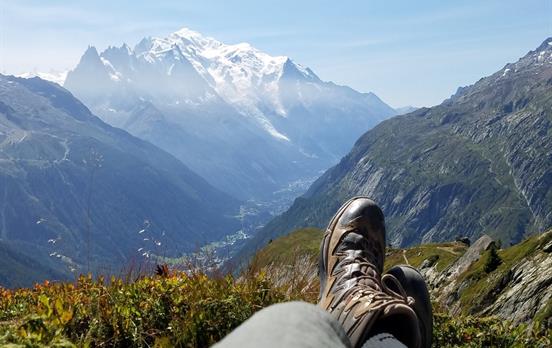


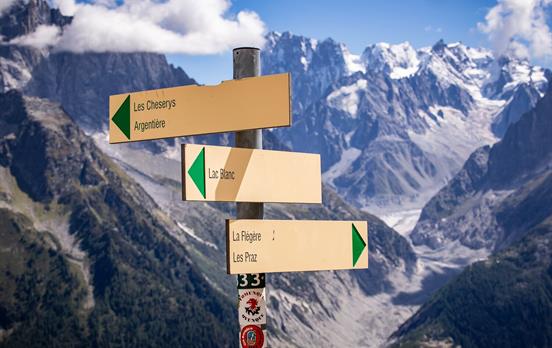


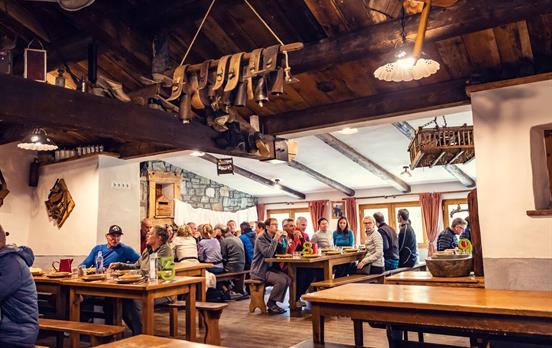

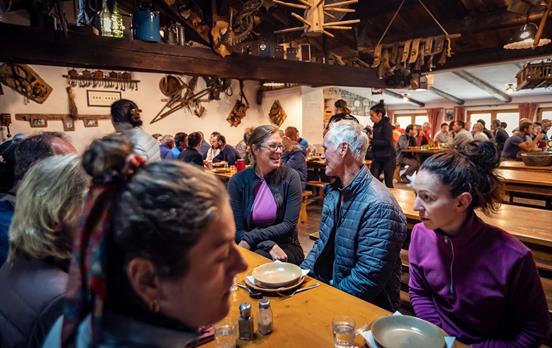






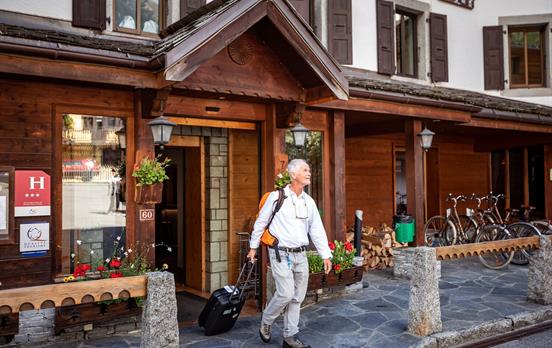
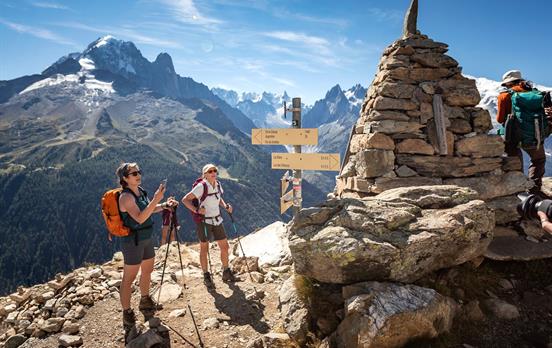
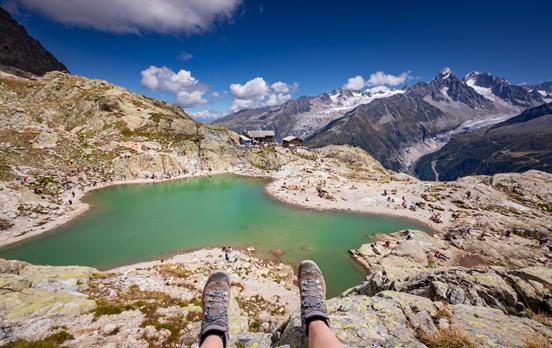









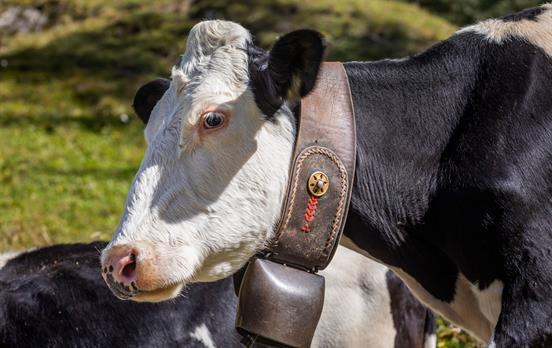













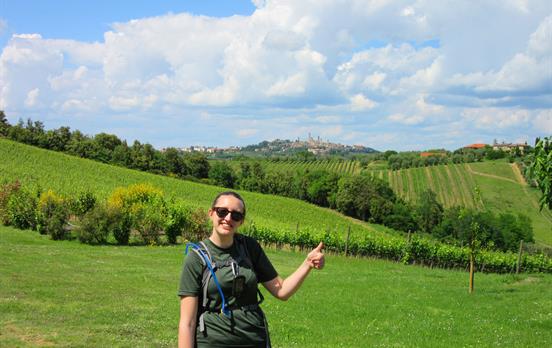






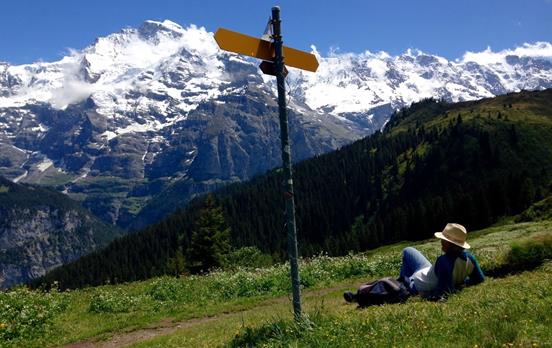
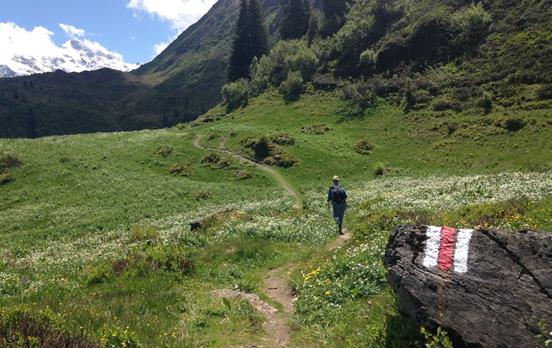








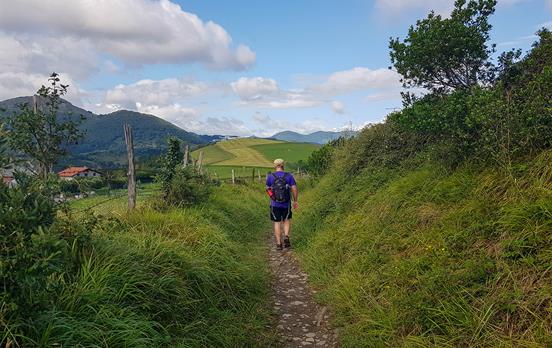
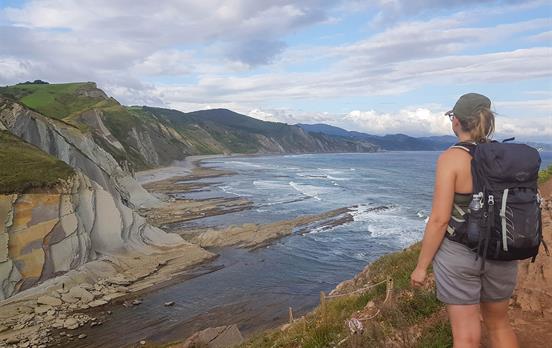






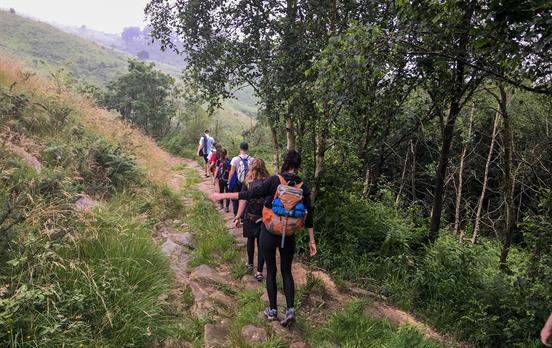














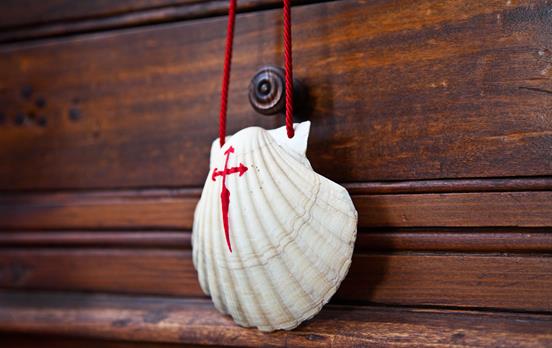


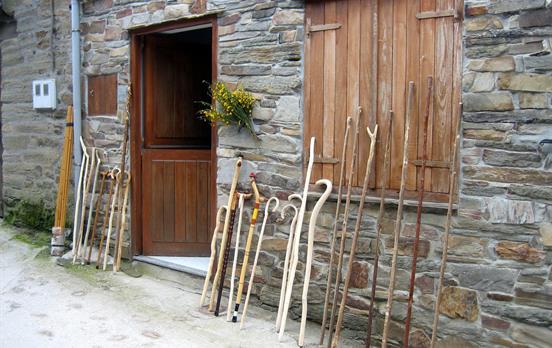
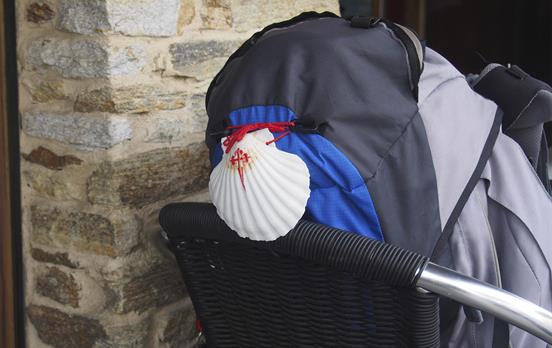









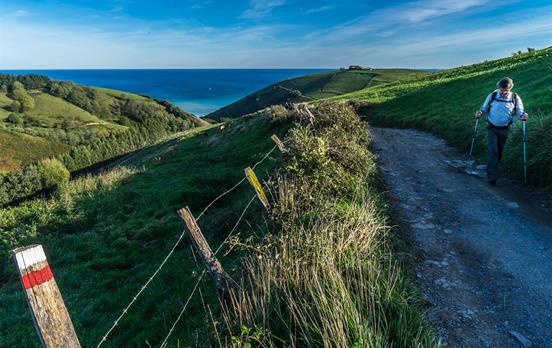

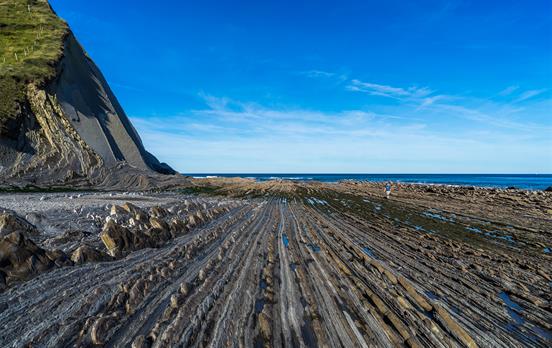



 Australia
Australia New Zealand
New Zealand South Africa
South Africa European Union
European Union